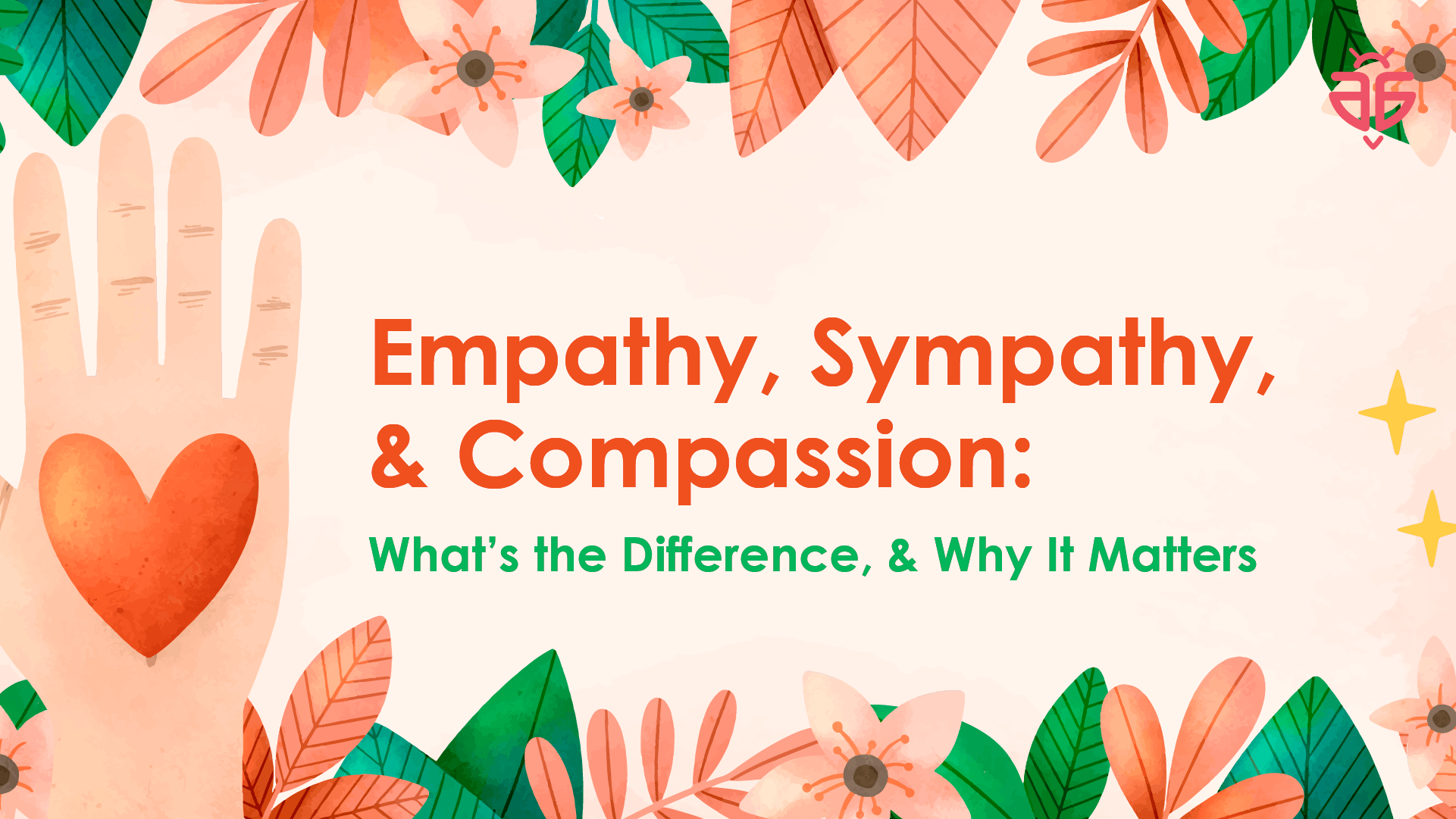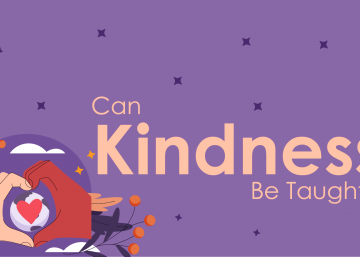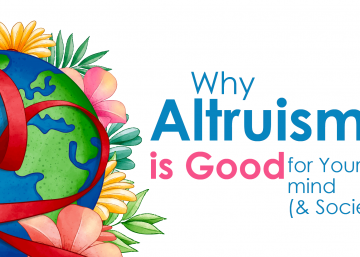Empathy, Sympathy, and Compassion: What’s the Difference, and Why It Matters
A friend shares that they’ve just lost their job. You pause, feel something stir inside you. Maybe you say “I’m so sorry.”
Maybe you imagine how stressful that must feel.
Maybe you ask, “Can I help?”
All three are valid responses, but they come from very different emotional places.
Sympathy, empathy, and compassion are words we often use interchangeably, especially when someone is in pain. But they’re not the same. Understanding the difference can transform how we show up for others and for ourselves.
Whether you’re a friend, a parent, a leader, or someone who simply wants to be more caring in a complicated world, this distinction isn’t just helpful, it’s essential.
What Do These Words Actually Mean?
Let’s break it down simply.
Sympathy
Sympathy means you acknowledge that someone is suffering, and you feel sorry for them. It often comes with distance. You feel bad that they’re going through this, but you’re outside of it.
It’s the quick “Oh no, that’s terrible,” or the text that says “Sorry to hear that.” Sometimes sympathy is all we can offer, and that’s okay.
Empathy
Empathy is about feeling with someone. You don’t just observe their pain, you imagine it, sense it, or remember your own to understand theirs. It’s the quiet nod, the eye contact, the sitting in silence that says, “I get it. I’m here with you.”
Empathy requires emotional presence. It can be powerful and validating but also emotionally taxing, especially if we don’t have boundaries.
Compassion
Compassion is empathy in motion. It’s the feeling of “I see your pain, I feel it, and I want to help.” It goes beyond understanding; it includes action, however small. That could mean checking in later, offering time, or simply being consistently available.
Importantly, compassion doesn’t always mean fixing things. It means being moved to respond with kindness, care, and respect.
Why Confusing These Can Do Harm
We all mean well. But when we don’t understand the emotional tone behind our response, we might unintentionally make someone feel misunderstood or unsupported.
- Sympathy can sometimes feel like pity. It can create distance: “I’m over here, you’re over there.”
- Empathy without boundaries can overwhelm both parties. Taking on someone else’s emotions entirely can blur where their pain ends and yours begins.
- Compassion includes connection, but also clarity. You care, without collapsing under the weight of someone else’s experience.
Especially in the world of service and philanthropy, this distinction matters. When we aim to help but act only from sympathy, our actions can be performative. When we’re flooded with empathy, we may withdraw or avoid, not because we don’t care, but because we’re overwhelmed. Compassion allows us to stay present, stay grounded, and stay kind.
How to Practise Each Wisely
Each response has its place. Here’s how to engage them meaningfully.
Sympathy can be a first step. A kind word or message can offer comfort, especially if it’s genuine, not rushed.
Empathy requires slowing down. Listen deeply. Ask open questions. Avoid jumping in with advice or solutions.
Compassion builds on empathy. Ask, “What would support look like right now?” or “Can I do something to make this easier?” Sometimes even small acts like sending a meal, offering to make a call, or simply being there, are deeply meaningful.
And most importantly: don’t forget self-kindness. Compassion must include the self, especially if you’re often in the role of caretaker, volunteer, or supporter.







